How a Shanghai Carrefour Store Can Become a Metaphor of Contemporary Society
- Dhexagram51

- Jan 15, 2021
- 6 min read
Updated: Jul 26, 2023
Author: Marco Voltolina
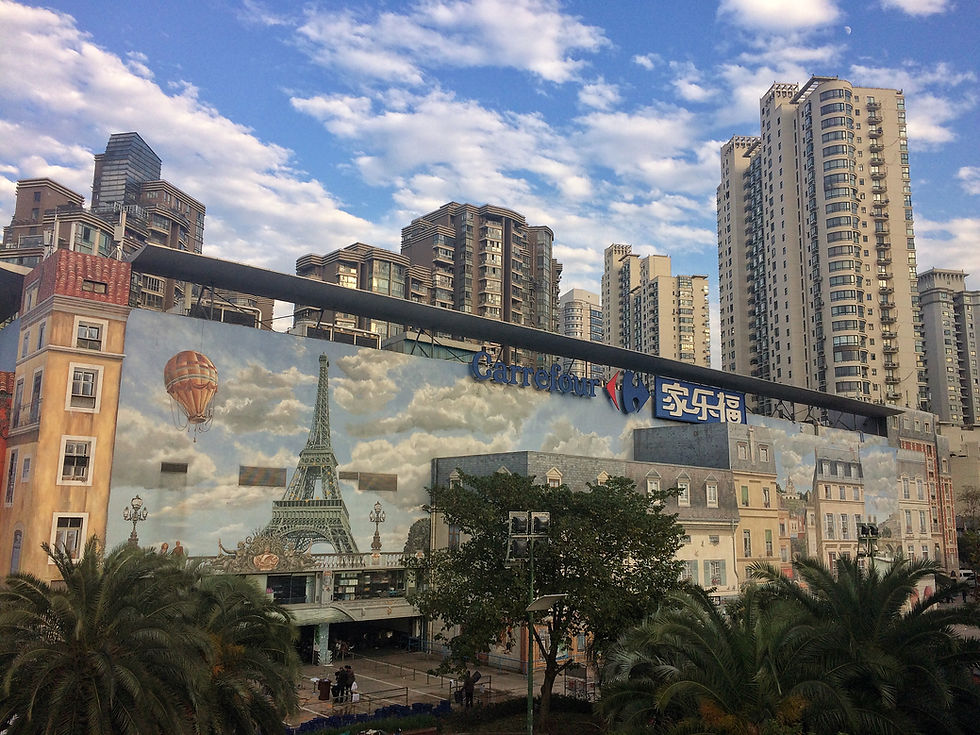
“I would see something strange and mysterious, and treat it as normal. I think this was the only way in which I could view the bright but bloody kaleidoscope that was Shanghai. [...] Nevertheless, Shanghai struck me as a magical place, a self-generating fantasy that left my own little mind far behind. There was always something odd and incongruous to see [...]” (Ballard, 2008, ch. 1).
This mystical atmosphere, an intrinsic character of Shanghai, results from the sum of a great – maybe excessive? – quantity of peculiar, unexpected, grotesque places scattered around the city. One of these places is the Carrefour store of Wuning Road.
We are in the Putuo District of Shanghai, to the west of the city center, not far from the Wuning Road metro station. As we can see in fig. 1, the building that we are going to analyse is located along the Suzhou Creek, and is surrounded by high-rise residential buildings, that dominate the urban landscape in all directions. Adjacent to the Carrefour store, Wuning Road Bridge is a historical landmark built in 1956, featuring four big golden sculptures and a variety of decorations with auspicious meanings.
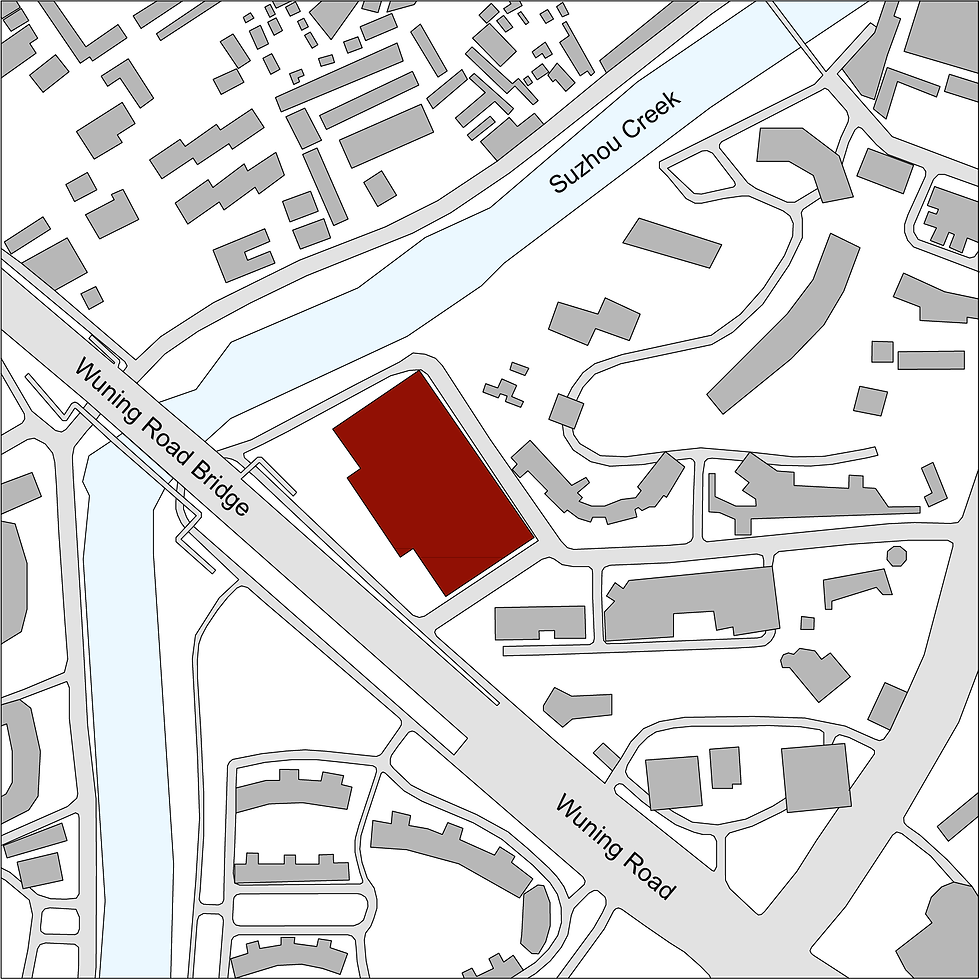
Figure 1. Planimetry of the Wuning Road Carrefour store and its surroundings - CC BY-NC 2.5
If we just look at the axonometry shown in fig. 2, the building looks like a simple, ordinary box-shaped volume, a typology commonly used for supermarket buildings. Few three-dimensional elements break the monotony of the plain parallelepiped: a handful of windows, two shelters that protect the entrances, some technical elements on the roof and a couple of ramps that allow cars to access the parking.
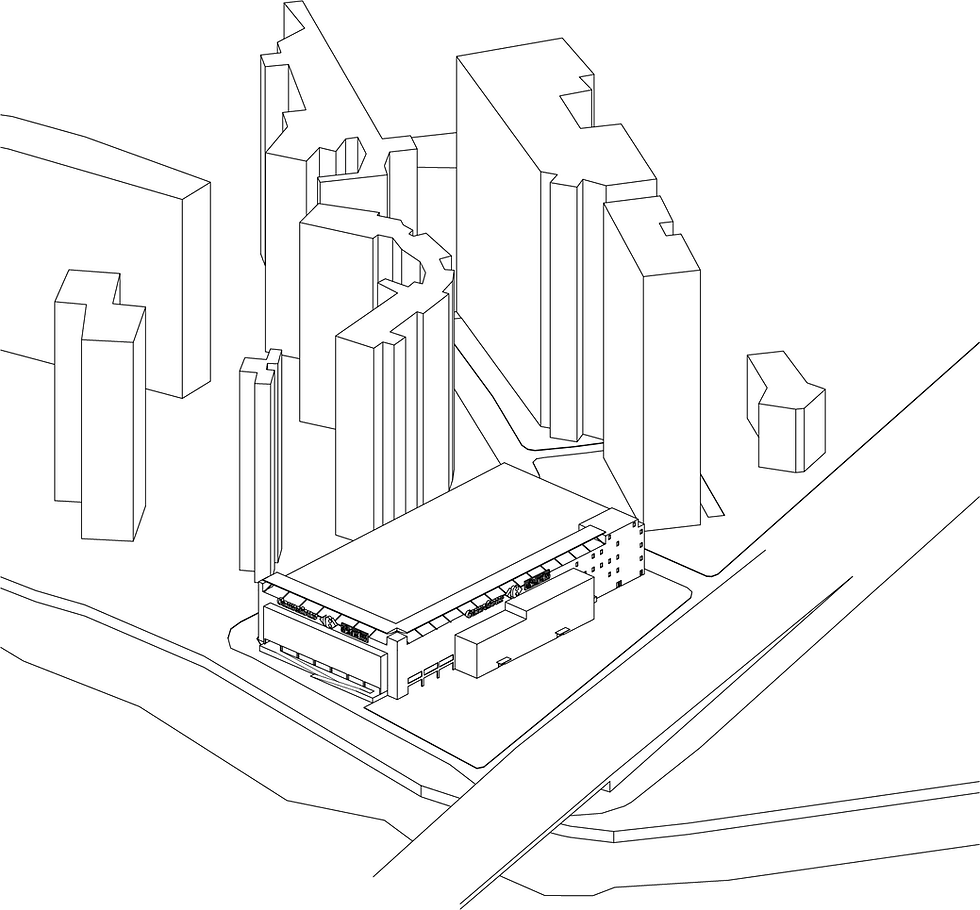
Figure 2. Axonometry of the Wuning Road Carrefour store and its surroundings - CC BY-NC 2.5
The interior of the building contains a variety of shops and a large parking at the first and second floor, while the third and fourth are dedicated to a large supermarket run by the French multinational corporation Carrefour S.A.
As we have seen, both the shape and the content of this building seem to be utterly ordinary and unremarkable: then what is that makes it so special?
The surprise element of the Wuning Road Carrefour store lies not in its ordinary volume, but rather in its extraordinary decoration. Three out of its four façades, in fact, are covered with paintings that represent Paris and other iconic places in France. There are famous landmarks, such as the Eiffel Tower (fig. 3), the Louvre Museum (fig. 4), the Notre-Dame Cathedral and the Sacré-Cœur Basilica (fig. 5), but also common buildings with shops, bakeries and cafes (fig. 6).
We are facing therefore a strong contradiction: the Carrefour store has a very expressive exterior decoration, but a trivial and monotonous interior space. In other words, it constitutes a perfect example of a common trend in postmodern architecture, that cares about symbols, signs and images rather than space. It is what American architects Robert Venturi (1925-2018) and Denise Scott Brown (b. 1931) described in Learning from Las Vegas in 1972: “this architecture of styles and signs is antispatial; it is an architecture of communication over space" (Venturi et al., 1972, p. 9).
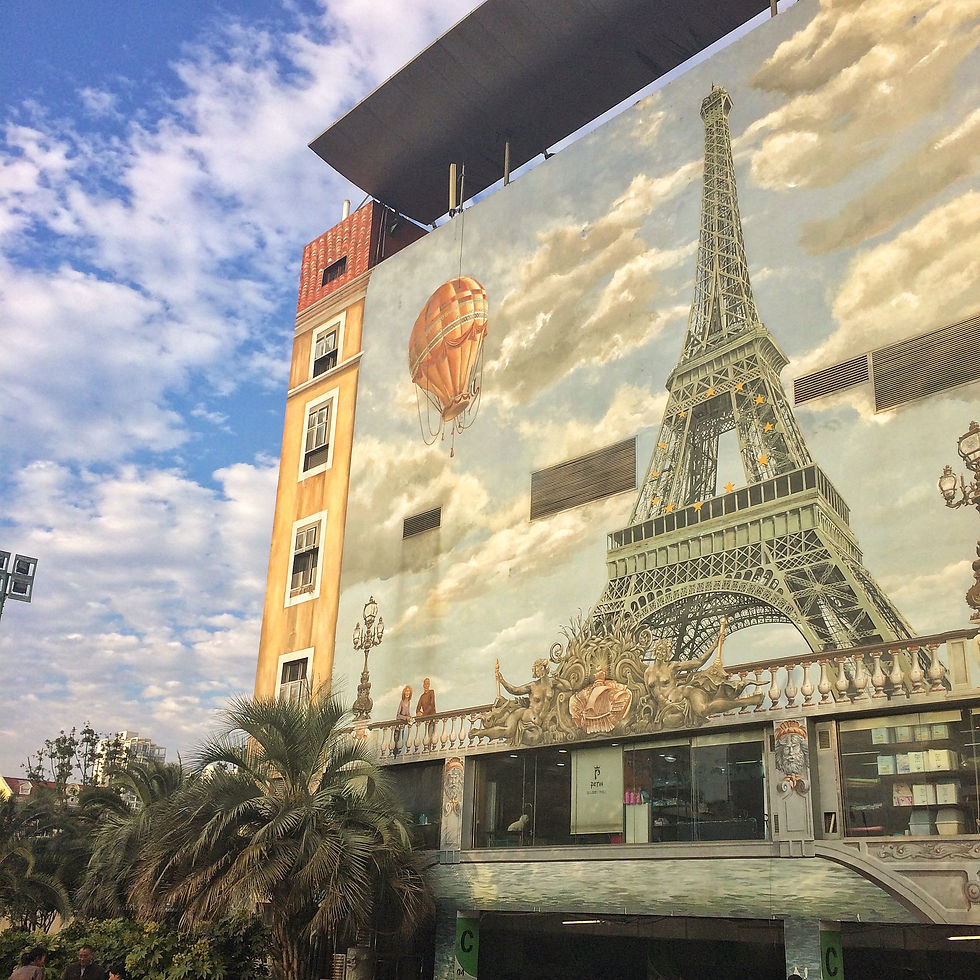
Figure 3. Portion of the south-west façade of the Wuning Road Carrefour store, with a painting of the Eiffel Tower - CC BY-NC 2.5

Figure 4. Portion of the south-west façade of the Wuning Road Carrefour store, with a painting of the Louvre Museum - CC BY-NC 2.5
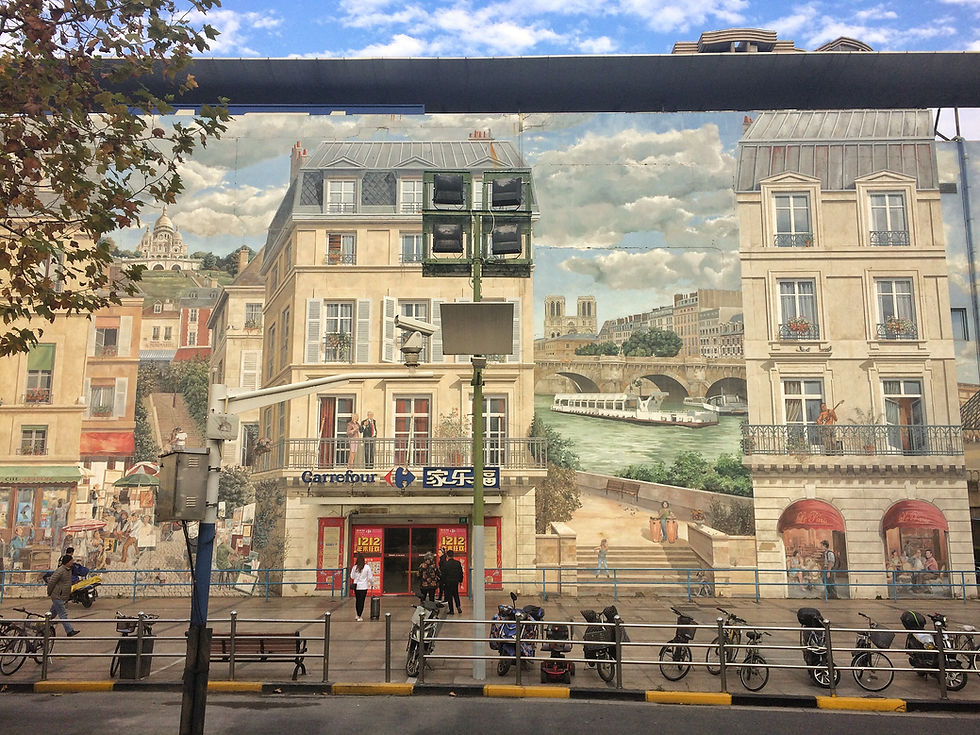
Figure 5. Portion of the south-west façade of the Wuning Road Carrefour store, with one of the main entrances of the supermarket and paintings of the Notre Dame Cathedral and the Sacré-Cœur Basilica - CC BY-NC 2.5
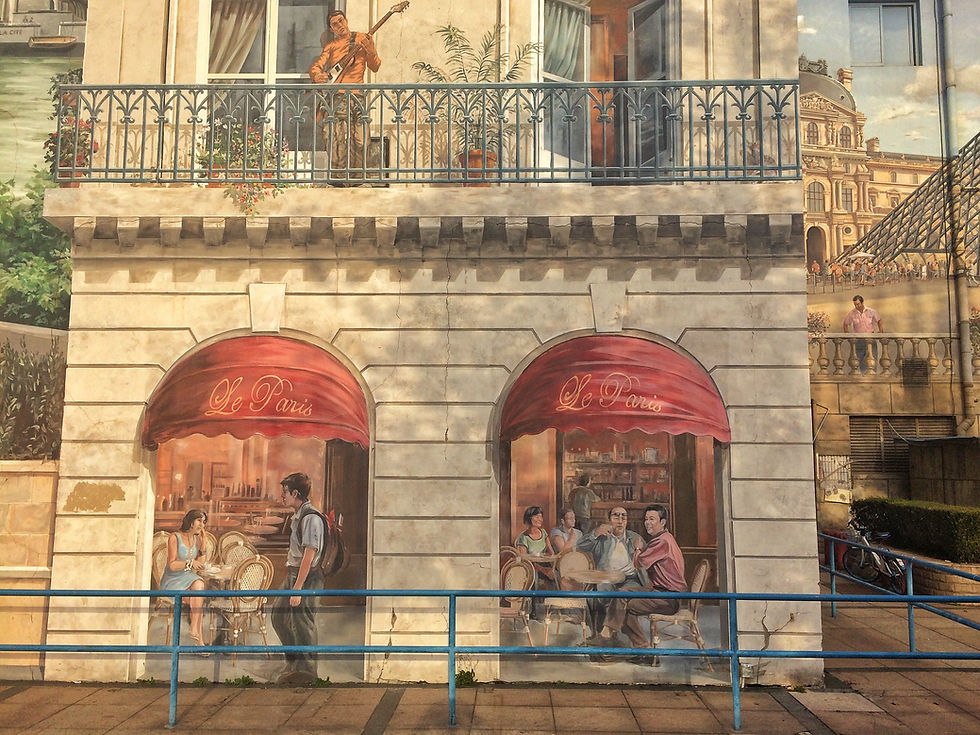
Figure 6. Detail of the south-west façade of the Wuning Road Carrefour store, the painting of a typical Paris cafe - CC BY-NC 2.5
Thanks to its 5,000 square meters decoration, on January 16th, 2009, the Wuning Road Carrefour store won the world record for the largest trompe l’oeil painting in the world (fig. 7). This French expression, that literally means “to deceive the eye”, is a painting technique that represents “an object with such verisimilitude as to deceive the viewer concerning the material reality of the object” (Blumberg).
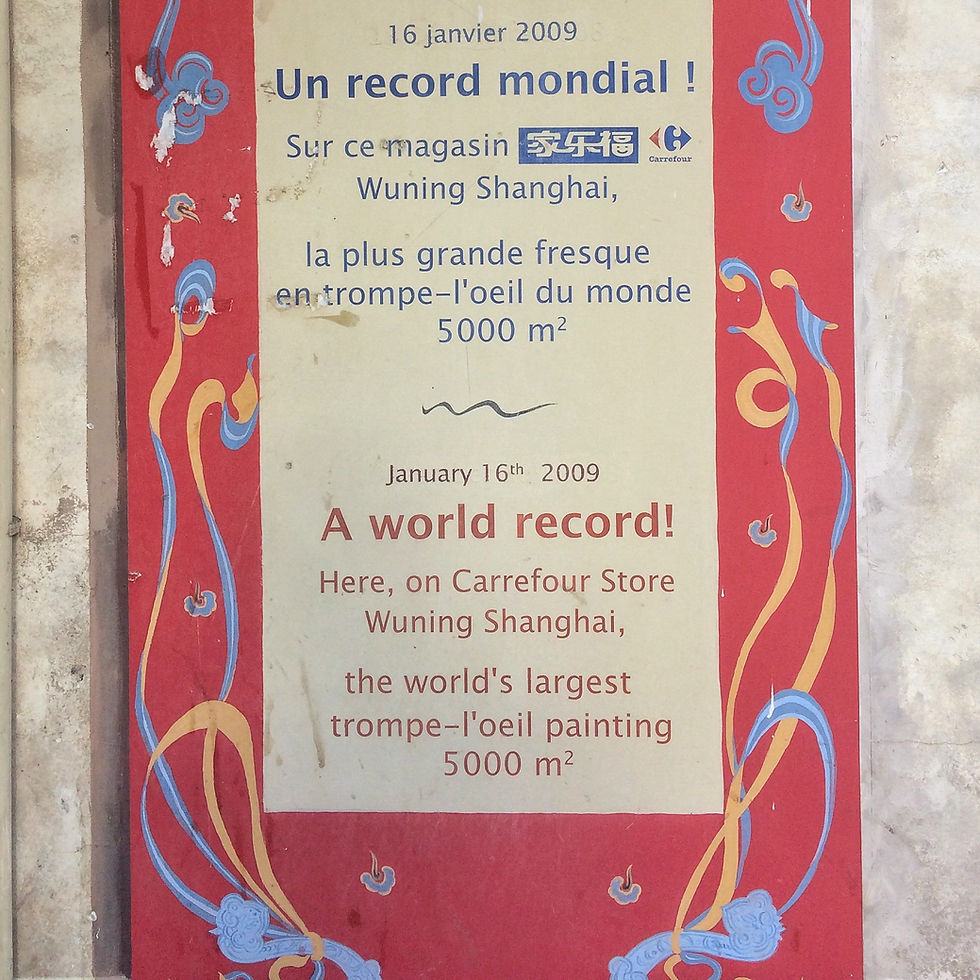
Figure 7. A sign near the main entrance of the Wuning Road Carrefour store - CC BY-NC 2.5
To understand the significance of this fact, we should look at Simulacra and Simulations, a treatise by French philosopher Jean Baudrillard (1929-2007), published in 1981. In this work, where the relationships between reality, symbols and society are analysed, the author identifies the "phases of the image":
“it is the reflection of a profound reality; it masks and denatures a profound reality;
it masks the absence of a profound reality;
it has no relation to any reality whatsoever;
it is its own pure simulacrum.”
(Baudrillard, 1994, p. 6)
Trompe l’oeil paintings are a clear example of the last phase: pure simulacra that have no connection to reality, because there is no reality. The façade of the Carrefour store has no relation with the actual building: behind it, there is no space, no architecture, just a non-place, an ordinary supermarket identical to any other that we can find in Shanghai or in the rest of the world. The trompe l’oeil image
“is presented with the entire weightless system that uses empty signs – because it is not really referencing anything outside itself. The trompe l’oeil is actually able to do this because it does indeed fool the eye. One must either believe the deception and look at the simulated reality or one can look at the materiality of the paint and canvas. But with the knowledge that one is being deceived even though one is still falling into the verisimilitude of the piece creates a rather profound contradiction that ends up affecting the way one sees reality all together.” (Langstaff)
The contradiction becomes even deeper when we realize that there is no clear boundary between simulation and reality. If we look at the north-west façade of the Carrefour store, in fact, we can see that there is continuity between, on one hand, the painted sea and palm trees, and, on the other, the palm trees planted in front of the building and the water of the Suzhou Creek (figg. 8-9).
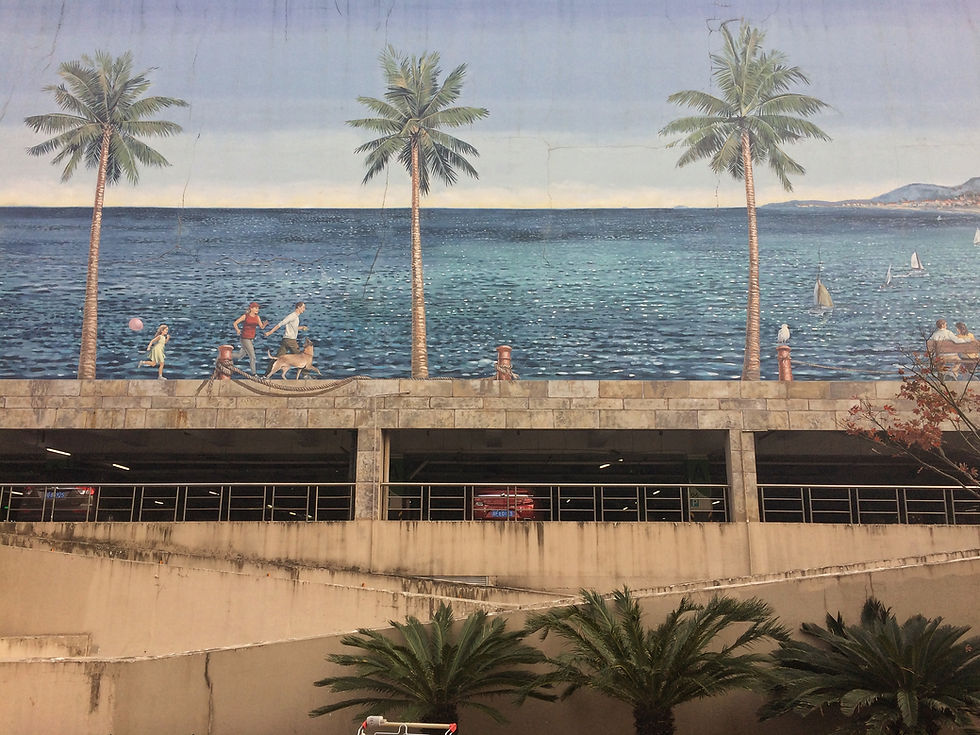
Figure 8. Detail of the north-west façade of the Wuning Road Carrefour store and the palm trees in front of it - CC BY-NC 2.5
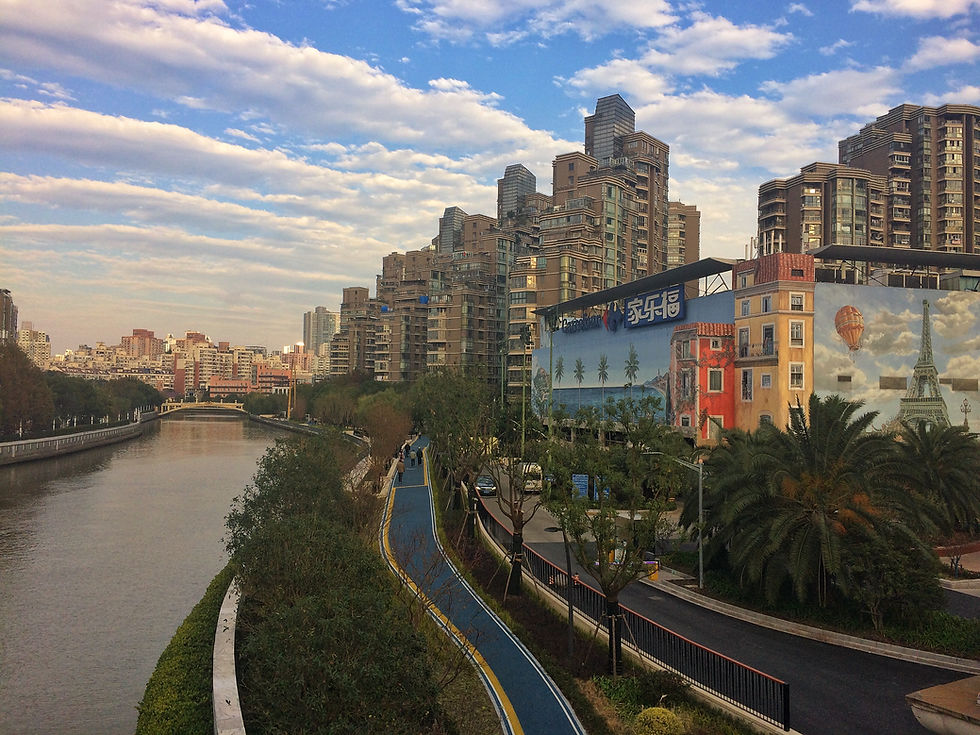
Figure 9. The north-west façade of the Wuning Road Carrefour store, with the palm trees in front of it and the the Suzhou Creek - CC BY-NC 2.5
Everything becomes even more puzzling when we realize that there is yet another level of simulation, a sort of simulation within the simulation: the painting of a travel agency that advertises trips to France (fig. 10). On its fake windows we can see fake posters that invite us to take an airplane or a ship and go visit the beaches of Saint-Tropez or the Châteaux of the Loire Valley, but also places that are already depicted on the façades of the Carrefour store, like Paris or the Alps.
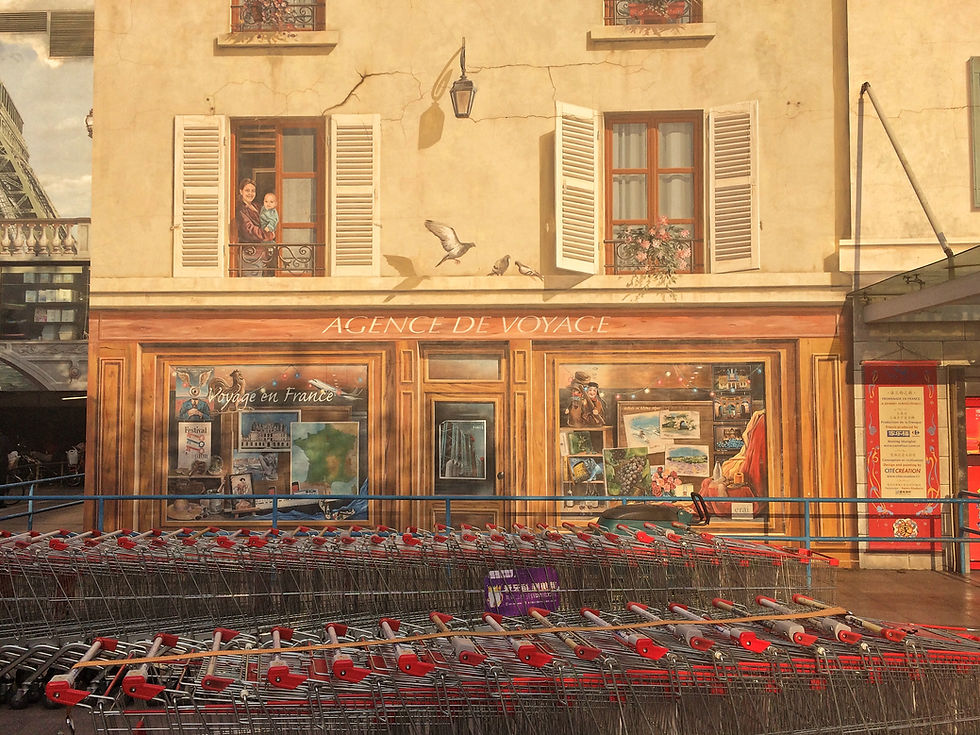
Figure 10. Detail of the south-west façade of the Wuning Road Carrefour store, with the depiction of a travel agency - CC BY-NC 2.5
The façades of this Carrefour store have been painted for a clear reason: advertisement. Their purpose is to attract as many clients as possible, have them buy the supermarket’s products and gain money. What is interesting, though, is that it is not the products that are advertised: they do not appear in any of the paintings. It is a lifestyle that is advertised.
Advertisement becomes an end in itself: as remarked by Baudrillard, “if at a given moment, the commodity was its own publicity (there was no other) today publicity has become its own commodity” (Baudrillard, 1994, p. 62). The trompe l’oeil is selling an appearance, a spectacle. It is selling the illusion that if you buy Carrefour products you can live a fancy, light-hearted life just like the characters depicted in the fake Paris: a simulation, completely unrelated to reality, an illusory paradise for an age that no longer believes in gods. To borrow the words of French philosopher Guy Debord (1931-1994), “the spectacle is the technological version of the exiling of human powers into a ‘world beyond’” (Debord, 2014, p. 7).
Sources:
Ballard, James Graham. Miracles of Life. Shanghai to Shepperton, An Autobiography. Fourth Estate, 2008. You-books.com.
Baudrillard, Jean. Simulacra and Simulations. The University of Michigan Press, 1994. E-reading-lib.com.
Venturi, Robert et al. Learning from Las Wagas: The Forgotten Symbolism of Architectural Form. MIT Press, 1972.






Comments